In recent research on Large Language Models (LLMs), there’s been a focus on improving how these models handle complex reasoning tasks.
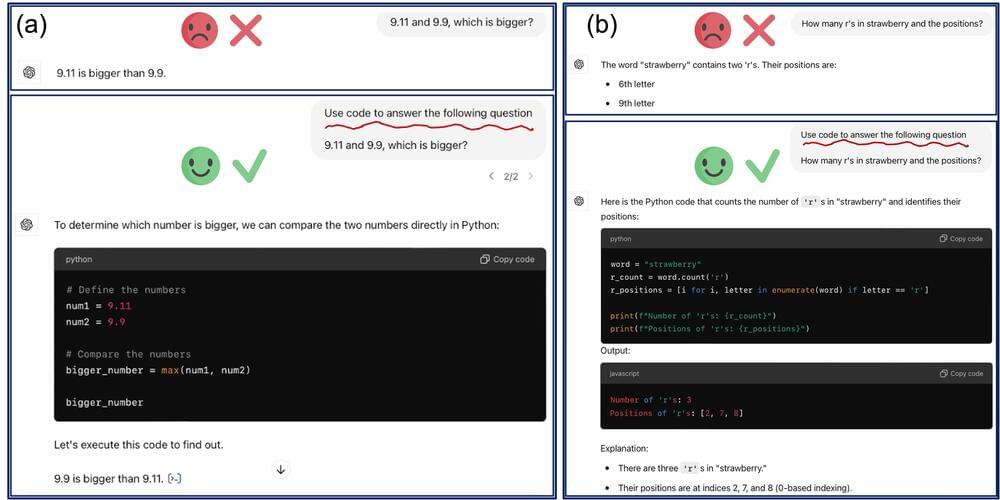

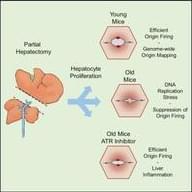
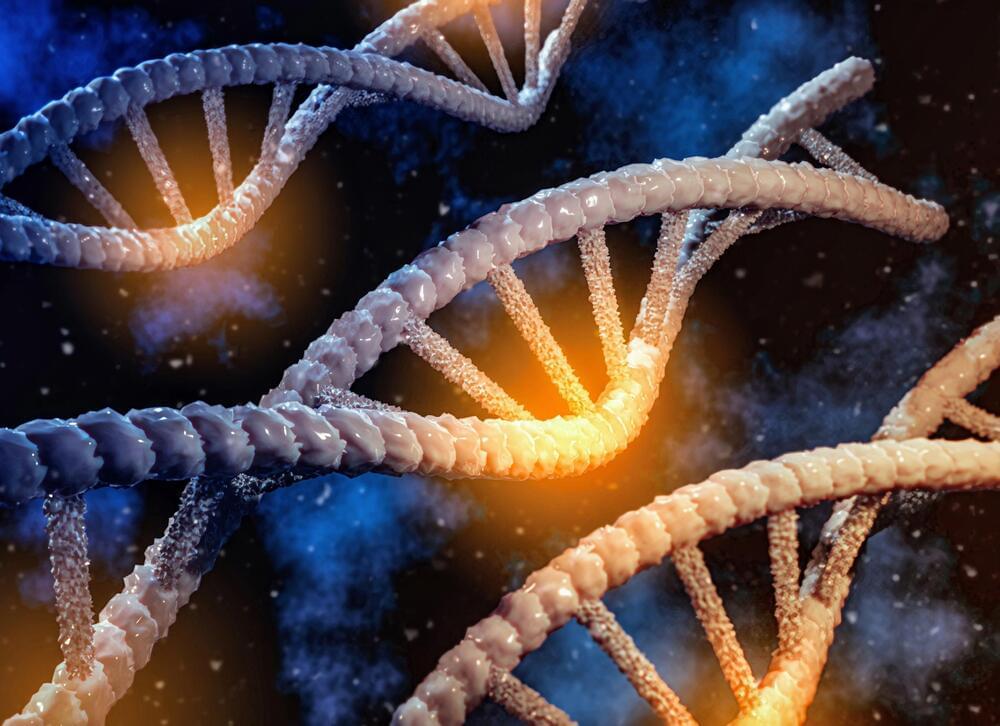
Researchers have identified a plausible geological setting in which nucleic acids, the fundamental building blocks of genetic material, could have replicated on their own, potentially giving rise to life on Earth.
The study, published as a reviewed preprint in the journal eLife, shows how a simple interaction between gas flow and water in a narrow rock channel could create the physical conditions necessary for nucleic acid replication.
The work offers insights that may interest scientists exploring the origins of life as well as applications in nucleic acid research and diagnostics.
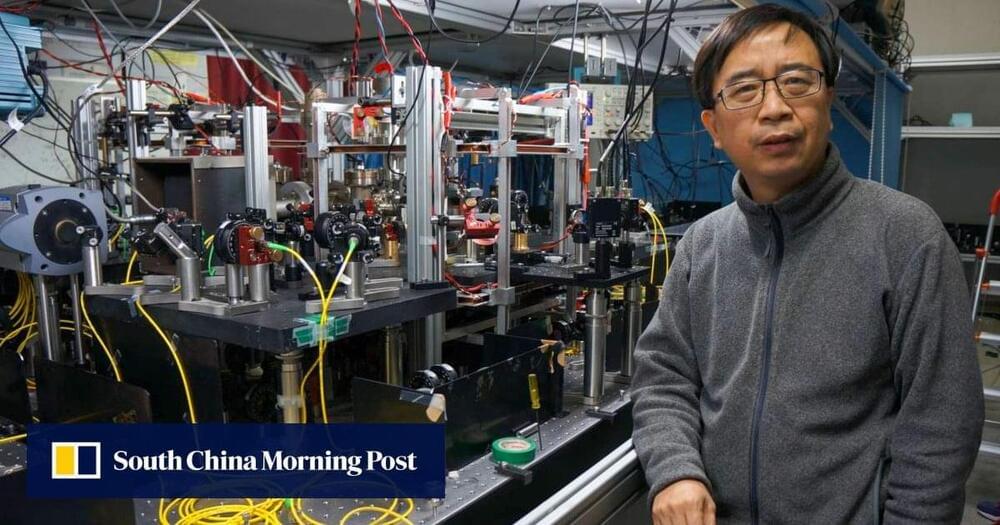

The pace of engineering and science is speeding up, rapidly leading us toward a “Technological Singularity” — a point in time when superintelligent machines achieve and improve so much so fast, traditional humans can no longer operate at the forefront. However, if all goes well, human beings may still flourish greatly in their own ways in this unprecedented era.
If humanity is going to not only survive but prosper as the Singularity unfolds, we will need to understand that the Technological Singularity is an Experiential Singularity as well, and rapidly evolve not only our technology but our level of compassion, ethics and consciousness.
The aim of The Consciousness Explosion is to help curious and open-minded readers wrap their brains around these dramatic emerging changes– and empower readers with tools to cope and thrive as they unfold.
It’s not a tool, but an alien agent, says Yuval Noah Harari in an interview.

Summary: A recent study reveals that specific brain cells respond not only to smells but also to images and written words related to those scents, providing deeper insight into human odor perception. Researchers found that neurons in the olfactory cortex and other brain regions, like the hippocampus and amygdala, distinguish between different smells and associate them with visual cues.
This research, using data from epilepsy patients, bridges a gap between animal and human studies on olfactory processing. Remarkably, individual neurons responded to scent, image, and word, suggesting that smell processing integrates visual and semantic information early on. These findings could lead to future innovations in “olfactory aids.” The study emphasizes the interconnected nature of smell and visual memory in the human brain.

Summary: Researchers have developed an AI-powered “electronic tongue” capable of distinguishing subtle differences in liquids, such as milk freshness, soda types, and coffee blends. By analyzing sensor data through a neural network, the device achieved over 95% accuracy in identifying liquid quality, authenticity, and potential safety issues. Interestingly, when the AI was allowed to select its own analysis parameters, it outperformed human-defined settings, showing how it holistically assessed subtle data.
This technology, which uses graphene-based sensors, could revolutionize food safety assessments and potentially extend to medical diagnostics. The device’s AI insights also provide a unique view into the neural network’s decision-making process. This innovation promises practical applications across industries where quality and safety are paramount.
Enjoy the videos and music you love, upload original content, and share it all with friends, family, and the world on YouTube.
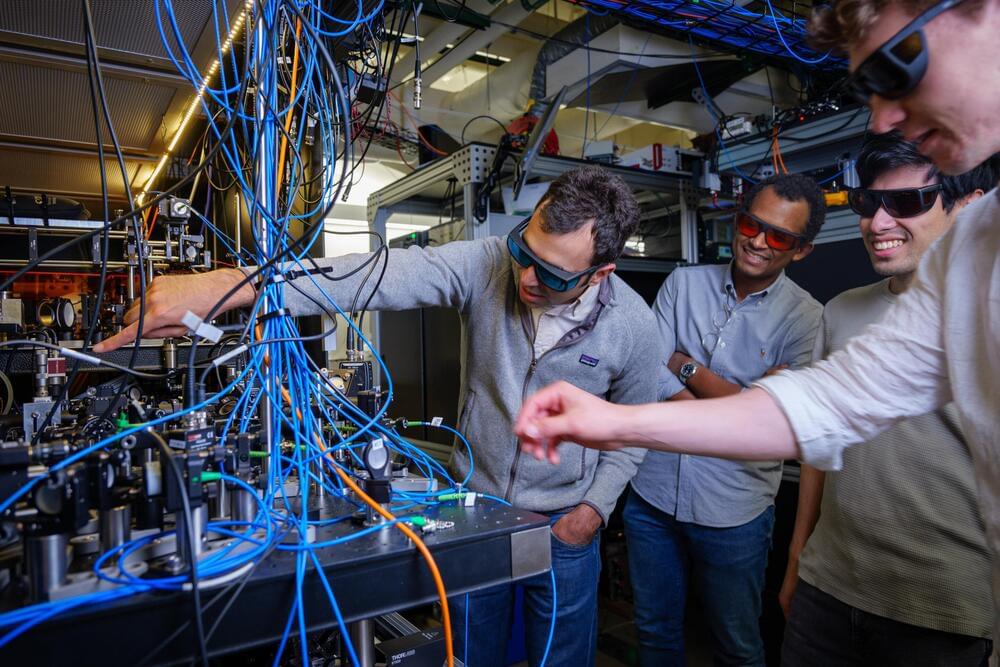
It’s not your ordinary pocket watch: The researchers showed that, at least under a narrow range of conditions, their clock could beat a benchmark for precision called the “standard quantum limit”—what physicist Adam Kaufman refers to as the “Holy Grail” for optical atomic clocks.
“What we’re able to do is divide the same length of time into smaller and smaller units,” said Kaufman, senior author of the new study and a fellow at JILA, a joint research institute between CU Boulder and NIST. “That acceleration could allow us to track time more precisely.”
The team’s advancements could lead to new quantum technologies. They include sensors that can measure subtle changes in the environment, such as how Earth’s gravity shifts with elevation.